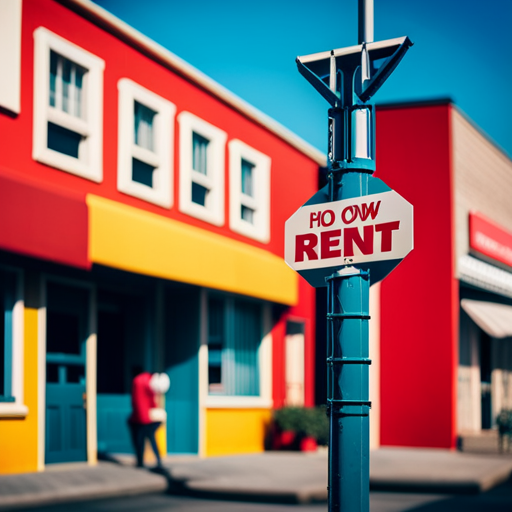Rent-to-own loans offer a unique opportunity for first-time homebuyers to enter the housing market and achieve their dream of homeownership. This guide aims to provide an objective and informative overview of the rent-to-own process, empowering individuals with the knowledge they need to navigate this alternative path to homeownership successfully.
Understanding rent-to-own agreements is crucial before embarking on this journey. These agreements allow potential buyers to lease a property with the option to purchase it at a later date. By paying rent over a specified period, individuals can build equity towards eventual ownership while getting a taste of what it’s like to live in their desired home.
Navigating the rent-to-own process can be complex, but armed with comprehensive information and guidance, first-time homebuyers can make informed decisions that align with their financial goals. From evaluating contract terms and conditions to conducting thorough inspections, this guide will equip readers with actionable steps necessary for a successful rent-to-own experience.
By understanding the intricacies of rent-to-own loans, prospective homeowners will gain confidence as they embark on their journey towards achieving ownership and belonging in their own homes.
Key Takeaways
- Rent-to-own loans provide an opportunity for first-time homebuyers to enter the housing market.
- Rent-to-own agreements allow individuals to lease a property with the option to purchase it later.
- By paying rent over a specified period, individuals can build equity towards eventual ownership.
– Evaluating contract terms and conditions and conducting thorough inspections are important steps in the rent-to-own process.
Understanding Rent-to-Own Agreements
Rent-to-own agreements are a complex yet potentially advantageous option for first-time homebuyers, necessitating a comprehensive understanding of their intricacies. These agreements offer the opportunity to rent a property with the potential to own it in the future. However, there are pros and cons to consider before entering into such an agreement.
Key factors include evaluating the property’s value, understanding the terms and conditions, and assessing your financial readiness. Navigating the rent-to-own process requires careful consideration of these factors.
Navigating the Rent-to-Own Process
Navigating the process of entering into a lease agreement with an option to purchase can be a complex and intricate journey for individuals considering alternative paths to homeownership.
Understanding the benefits of rent-to-own agreements is crucial, as it allows renters to build equity while living in their desired home. However, there are also risks involved, such as potentially higher monthly payments and the possibility of not being able to secure financing at the end of the lease term.
Conclusion
Rent-to-own loans can be a viable option for first-time homebuyers. By understanding the intricacies of rent-to-own agreements and navigating the process with caution, individuals can benefit from this alternative path to homeownership.
This article has provided a comprehensive guide on how these agreements work, empowering potential buyers to make informed decisions. With diligent research and careful consideration, aspiring homeowners can take advantage of rent-to-own loans and pave their way towards achieving their dream of owning a home.



